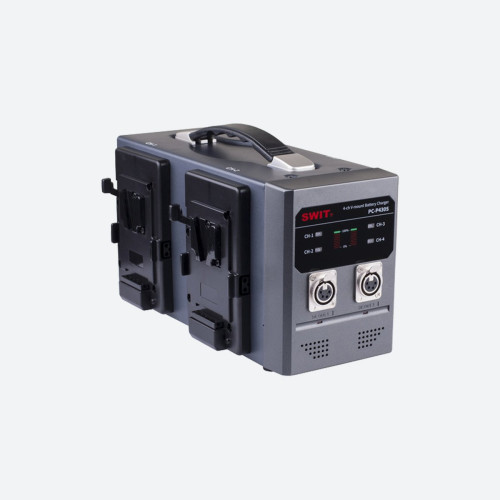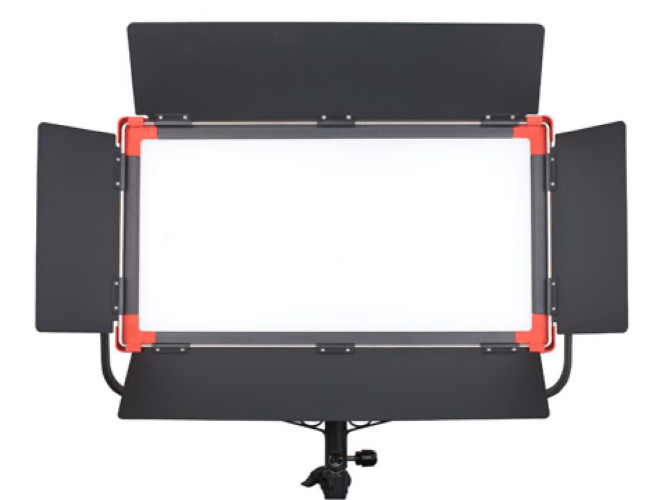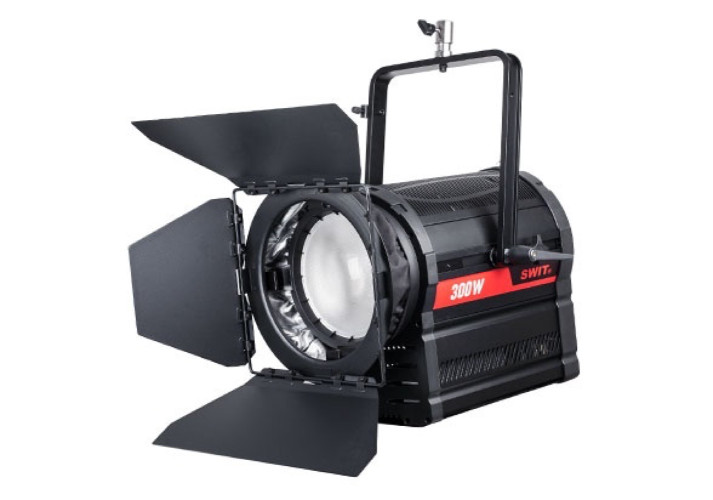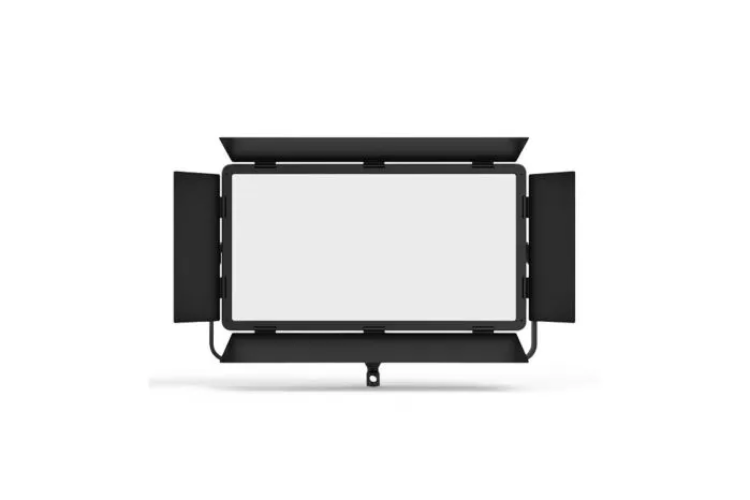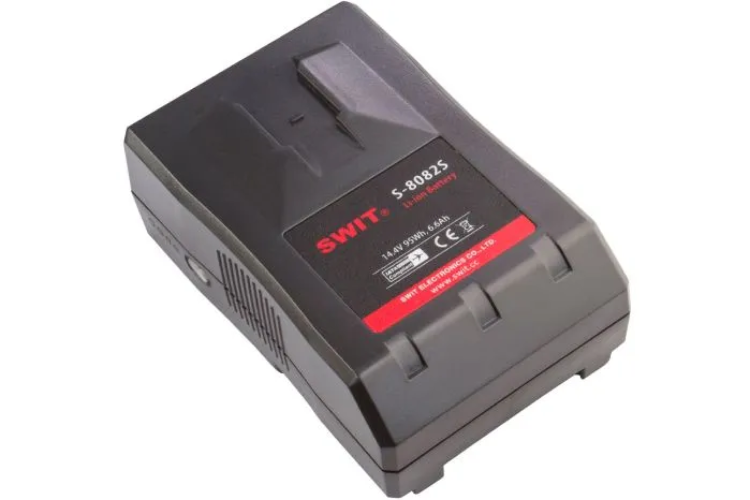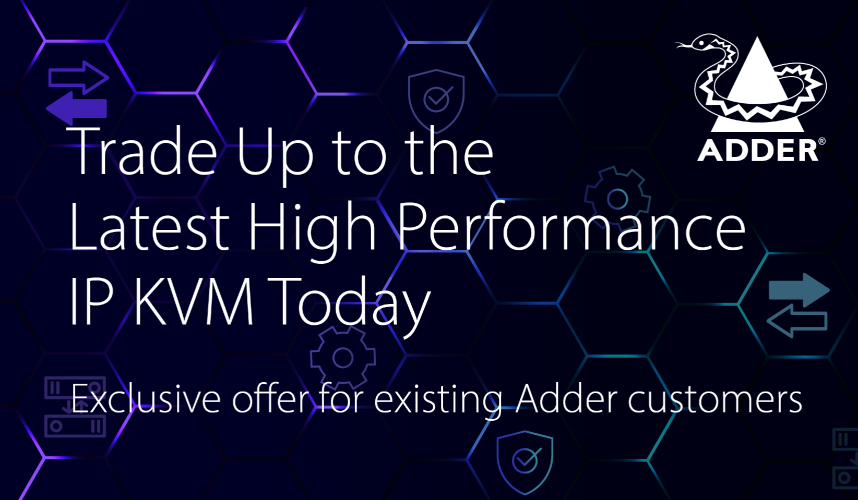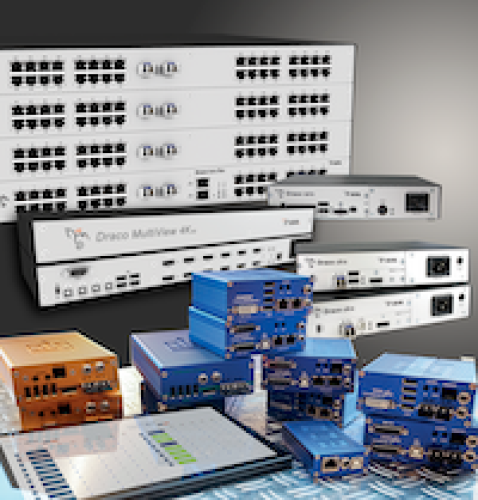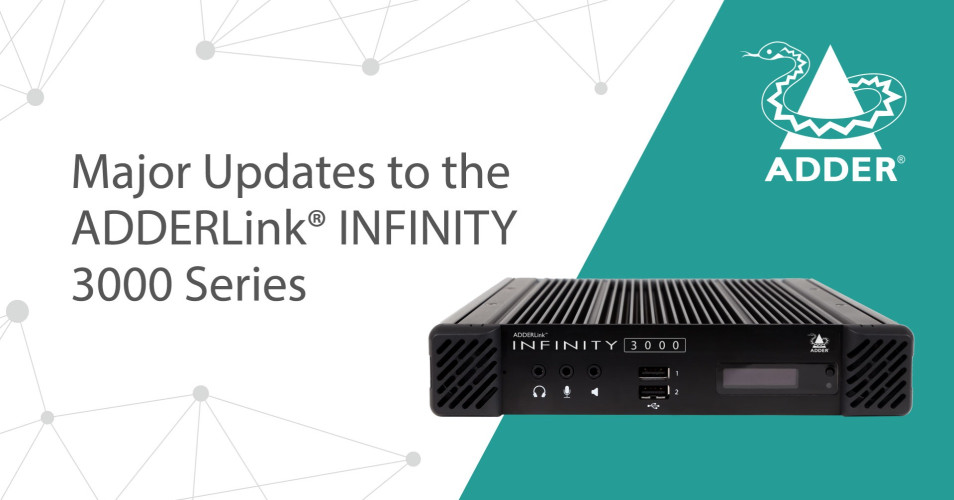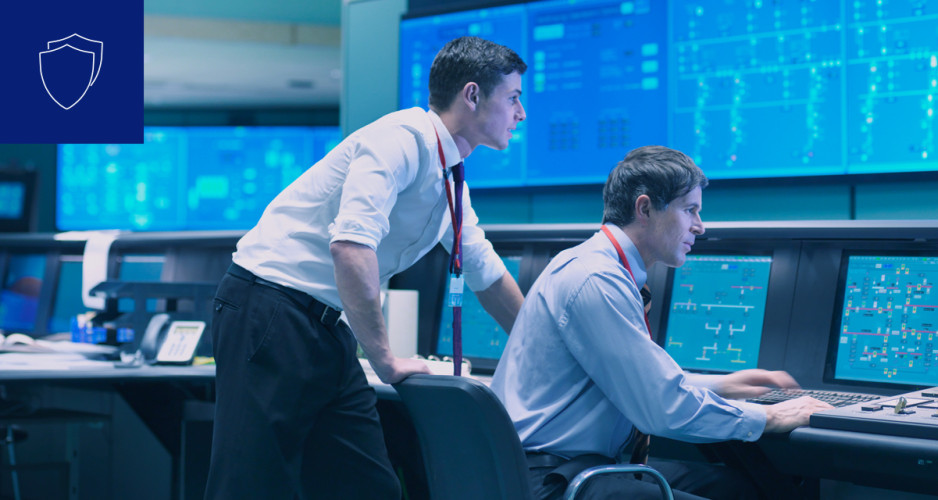KVM enterprise and video matrix switchers in broadcast applications

Author: Kieron Seth#
Published 1st August 2011
KVM enterprise and video matrix switchers in broadcast applications
Engineers within the professional broadcast world are comfortably familiar with video routers for the control of uncompressed video and audio signals within live studio and editing locations. However there is less familiarity with the use of KVM enterprise and video matrix switchers to carry out the same function for computer signals. This class of product is, however, becoming more important as an expanding number of content creation, editing and workflow systems used within the broadcast industry migrate to file-based and PC-hosted applications at an ever-increasing rate.
Point-to-point KVM extenders have been available for many years; allowing direct interconnection of individual computers with keyboards, video terminals and mice. These have steadily evolved in line with technology and are very widely used, the latest versions being able to cope with the highest video resolutions and high-speed user interface devices over both copper and fibre connections. KVM extenders are frequently deployed within the broadcast industry to provide connectivity between individual computers and user terminals for a variety of applications.
The latest generation of KVM equipment has evolved from simple point-to-point connection device into a comprehensive range of matrix switching systems that combine KVM extension with instant routing and signal duplication, essentially performing for computer signals a parallel task to that provided by the video router for video feeds. This type of product is well-established in control room and enterprise computing environments to provide rapid reconfiguration of banks of computers and monitors to control anything from an electricity grid to a military command centre. IHSE’s Draco series, Draco Major and the new Draco Tera provides this functionality and are now frequently being deployed within broadcast locations. Both devices enable near-instantaneous (millisecond) switching of single, dual and quad-head digital video up to 1080p to monitors together with analogue and digital audio and transparent, bi-directional USB2.0 data, enabling the connection of HID devices, tablets, jog wheels, memory and webcams. Ray Gordon, managing director of official UK distributor for IHSE points out the benefits: “A key feature of the Draco range lies in its flexibility in interfacing to both copper and fibre cables at the same time. This means that a single switching unit can receive and deliver signals by the most appropriate method for short and long range transmission, without the need for additional interfacing units. Another highly desirable feature is the ease of linking to third party control systems found in the broadcast world and to bespoke applications via IP or RS232 interfaces directly into the switch.”
“Broadcast studios, post-production houses and edit studios are rapidly building virtual systems where banks of computers and file storage devices are located in dedicated computer rooms. KVM switches provide dynamic and highly flexible connectivity with the ability to instantly reconfigure and personalise interconnections between terminals and processors,” explains Mike Whelan, managing director of specialist system and solution provider Digital Garage, “This, in effect, allows any user to arrange terminals to their own preferred configuration, whilst becoming far less reliant upon the actual physical equipment configuration. The advantages to both the user and organisation are massive; in time and efficiency improvement and in maximising the use and flexibility of limited resources.”
The distinction between real-time switching and packet based systems is important and should be considered in any practical application. Real-time switches act in a similar manner to standard production video routers by setting up electronic paths between input and output. An alternative method using IP routing, often referred to as KVM-over-IP will, of necessity, require that content is packetized and compressed to a far greater level. These devices may also introduce undesirable bit stuffing and bit or frame dropping. In addition, transmission protocols and handshaking procedures will introduce switching and transmission delays, bandwidth and routing constraints; and whilst this may be acceptable for some applications, it is generally held that real-time systems are the most suitable, available at a lower price and are recognised as the preferred option for the broadcast industry.
Typical examples of KVM enterprise level and video switchers include their use in post production and editing suites in which the expensive source and editing machines are located remotely and shared between users. Within space-limited studios, not only is the computing equipment physically removed providing a saving of space, but a far greater range of applications can be delivered to fewer consoles. Each user does not then need to remain tied to one particular suite; which can become multi-purpose rooms, adapting to service demand as it occurs and providing far greater flexibility and efficiency.
Examples of the application of Draco devices in the broadcast field abound. In Germany, MDR operates a radio OB van in which a Draco Major switch is used to provide interconnection between ten computers and twelve displays. Operators within the vehicle can access a variety of signals and control computers responsible for microphone switching, audio recording and playback, camera control and audio channel mixing. Draco Major is also used within 5 studios and their associated control rooms to route the output of a bank of computers located in a basement computer room to the presenters’ desks. Personalised settings and configuration enables each presenter to arrange data and control applications, such as information, email, traffic webcams and internet access onto the screens to their own personal preference. In addition, a central computer management facility uses the Draco Major to service and administer all computers remotely. Stefan Wulff, systems manager at MDR provides his view of the importance of these switches to the studio: “Draco Major provides great flexibility in switching and control of very high quality digital video streams with fast speed of operation that is needed for a live broadcast environment. The units perform to expectation and IHSE provides an excellent level of support and service to ensure compatibility with third-party applications and often provide new features that are important to us.”
A new installation of a Draco Tera switch is currently under way at a public broadcast station in Stuttgart. This application will enable full automation of the studio complex allowing control of all broadcast content, and workflow management, acting as a crosspoint switch between banks of computers located in the climate-controlled data centre and teams of broadcast engineers, producers, directors and editors throughout the studio. The Draco Tera is configured to its full capacity with 154 sources and 110 consoles, local connectivity of the sources is through Cat X copper cabling, whilst connection to consoles is by fibre links in order to accommodate greater distances to the studios. Fully automated configurability together with hot key control will enable individual users to reallocate resources quickly and efficiently to their preference, enabling studios, post and edit rooms and presentation areas to full use of all computing resources.
In the UK, a large broadcast organisation has installed KVM switches to enhance the capability and efficiency of their data centre, installed by system integrator Black Box Network Services. Leslie Fernandes, UK managing director explains the benefits: “The switches act as large, dynamic patch panels, allowing instant reconfiguration of signal routing that would otherwise require manual reconnection in a lengthy process of system integration authorisation and technician allocation. In practice the switches deliver a solution that would otherwise not be achievable without unacceptable operational delays, with the advantage of pre-prepared layout selection.”
Finland’s Aalto University School specializes in audiovisual communication, new media, motion picture and production design. A Draco Major switch supplied by Scene Double to local system integrator Mespek is used in the film and TV Media Centre to assist in commercial production and media education. It provides switching between nine computers and seven control stations enabling operators to share resources across the studios and control rooms. Tony Tolin of Aalto: “Several of our computers are dual head with Nvidia Quadro6000 graphics cards on which we carry out hard graphical work. The Draco matrix provides instant switching between powerful computers for virtual studio applications with our high end virtual studio system.”
As the amount of data handling within the broadcast industry expands, the corresponding need for efficient and flexible systems increases. This requirement is becoming filled by devices such as Draco that can deliver services and features needed in this demanding environment; reliably and simply and with the ability to expand and grow as the user requirement changes. Yet again, we see an example of the merging of the IT world with that of the professional audiovisual and broadcast world, in solutions that offer the best of both. Once more, a cross-industry solution offers options to broadcast system integrators and users that are desperately needed and widely used.
Steve Montgomery is a freelance marketing consultant for Scene Double, specialising in KVM extender and switch technologies. He can be contacted at steve@newmedimage.co.uk.



